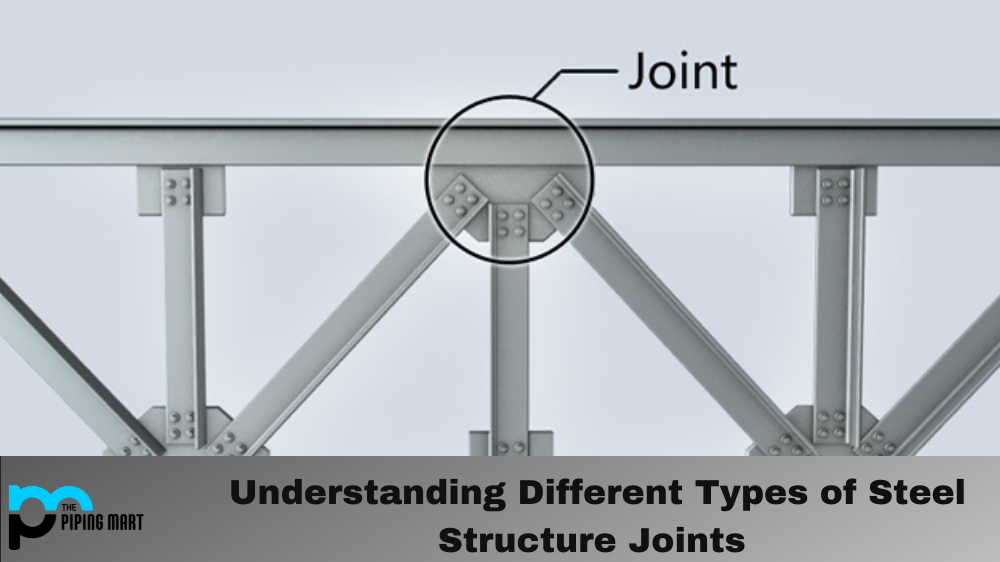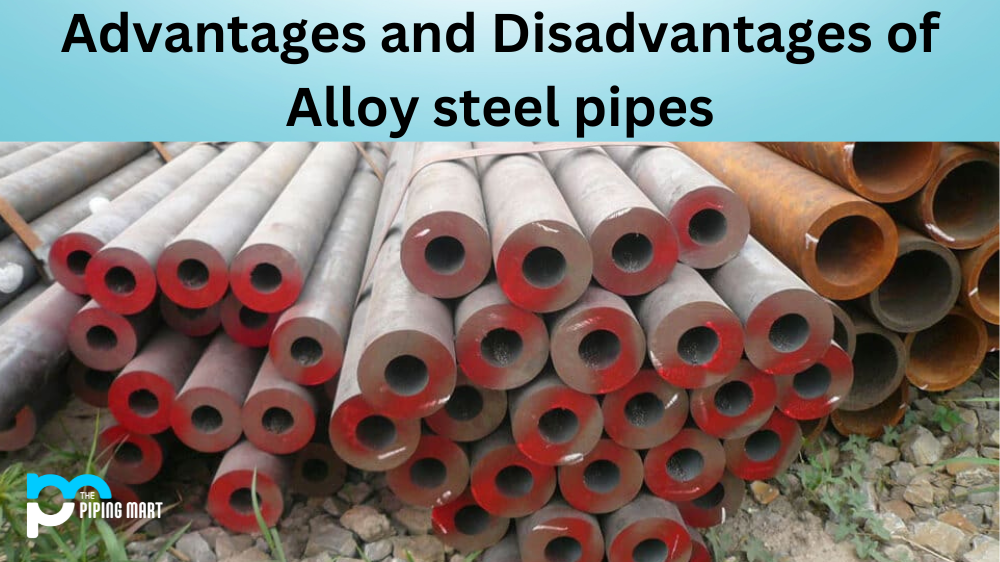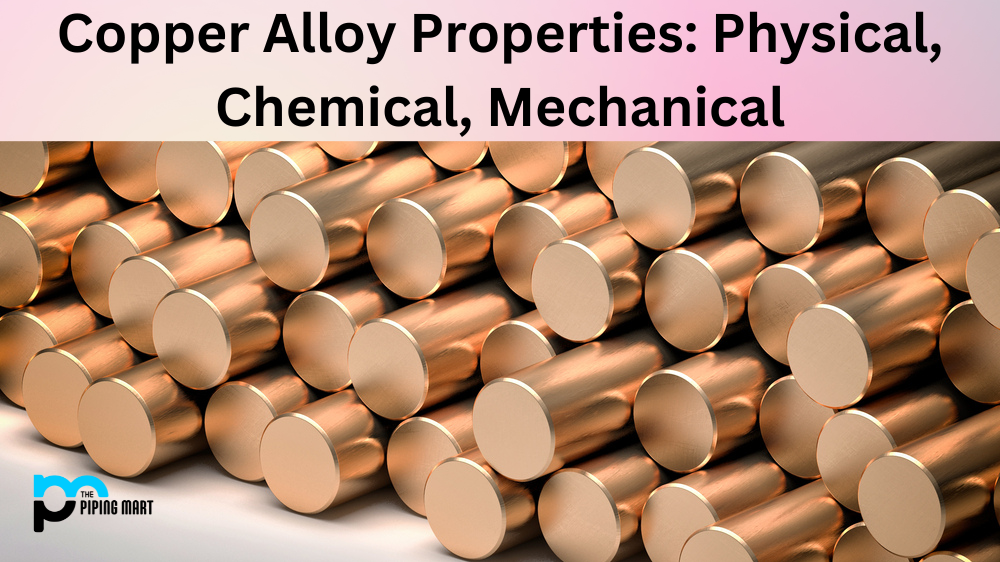When it comes to steel structures, joints are essential components that ensure the structure is held together securely. With the correct joint type, you can ensure your steel structure meets all the necessary safety requirements and delivers a strong, stable result. This blog post will take a closer look at different types of steel structure joints and why they’re so important.
Types of steel structure joints
Steel structures can be connected using different types of joints, each offering its own unique advantages for the user. A bolted connection consists of multiple bolts, nuts, and washers to form an extremely strong joint that is also relatively simple to install. Another common type of joint is a welded connection which uses intense heat to fuse metal pieces together. Lastly, riveted connections are an older method but remain popular due to their ease and strength quotient. Using any one or more of these types of steel structure joints can depend on the application and budget, but offer reliable bonding methods such as welding provides the strongest bond while rivets take the least amount of time to apply making them perfect for construction projects on a tight timeline.
Bolted Joints
Bolts are one of the most common components used in steel structures and are an essential part of any bolted joint. Bolted joints typically feature two plates that are connected using bolts and nuts. Bolts come in many shapes and sizes, so choosing the appropriate bolt for your project is important based on its strength requirements. It’s also critical to use enough bolts—at least four—to distribute the load across all of them evenly.
Welded Joints
Welding is another popular option for connecting different parts of a steel structure together. Welded joints are strong and durable thanks to the heat-resistant bond created between two pieces of metal through welding—a process that melts two pieces together before cooling them down quickly, so they stay bonded permanently. However, welded joints require more skill than bolted joints since welding requires specific welding techniques and safety protocols to be followed precisely for optimal results.
Riveted Joints
Rivets are another commonly used component in steel structures because they offer significant structural strength while being easy to manufacture. Riveted joints feature two plates connected using rivets or bolts, which have small heads on one end and a flat surface on the other that allows them to be hammered into place without having to be removed completely afterwards. Riveting is relatively affordable compared to welding or bolting. Still, it requires specialized tools like bucking bars and hammers as well as special skills such as alignment accuracy in order for it to be successful.
Conclusion
No matter what kind of steel structure you’re building, choosing the right type of joint will help ensure your finished product is safe and secure. Bolted joints are great for low-load applications while welded or riveted joints work better for heavier loads due to their greater strength capabilities. It’s important to understand which type of joint will best suit your application before beginning construction—otherwise you may need to start from scratch! Knowing about different types of steel structure joints can help you ensure your project succeeds without any difficulties.

Pipingmart is B2B portal specializes in industrial, metal and piping products. Also, share latest information and news related to products, materials and different types grades to help business dealing in this industry.




